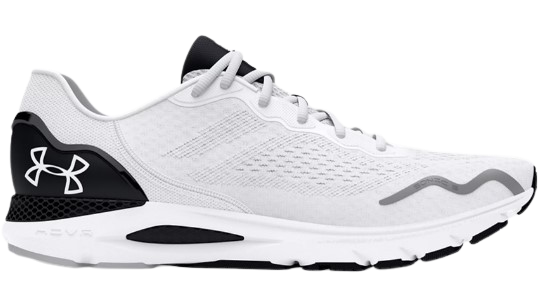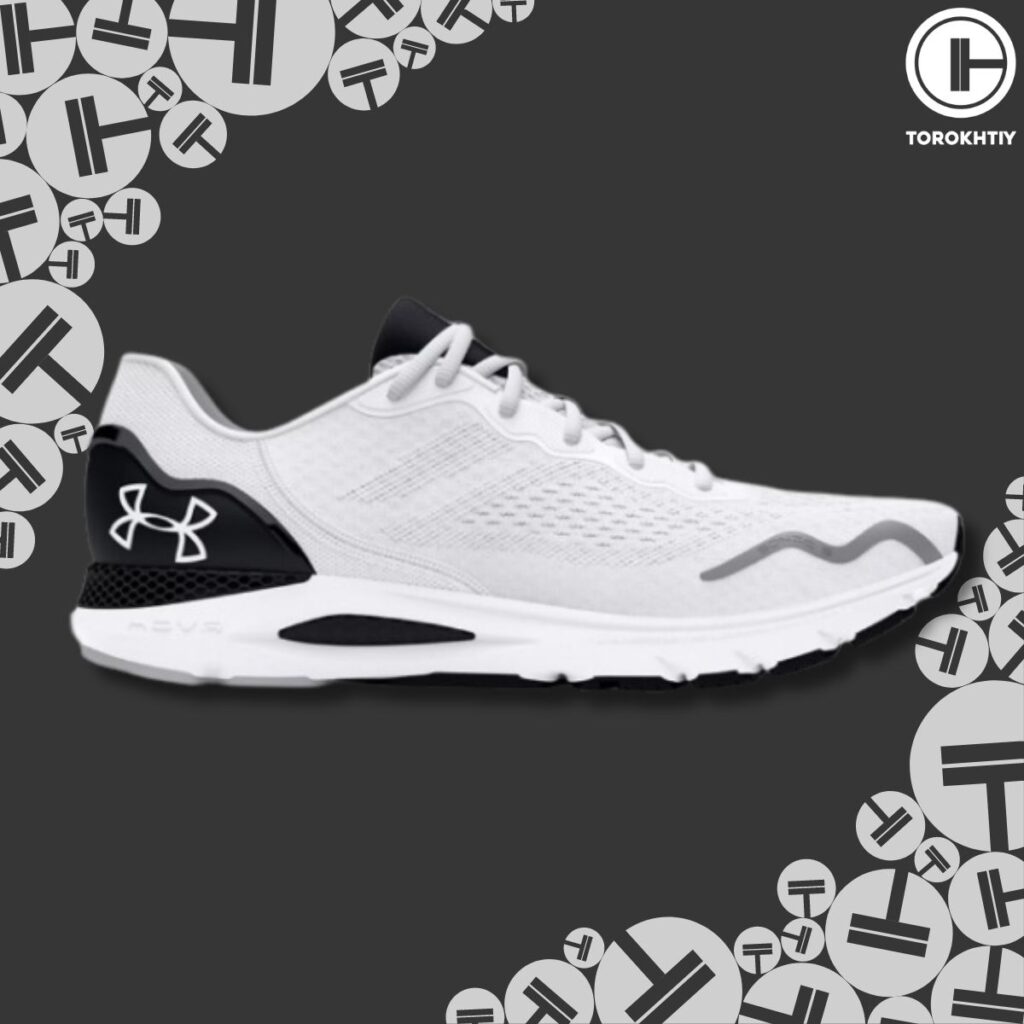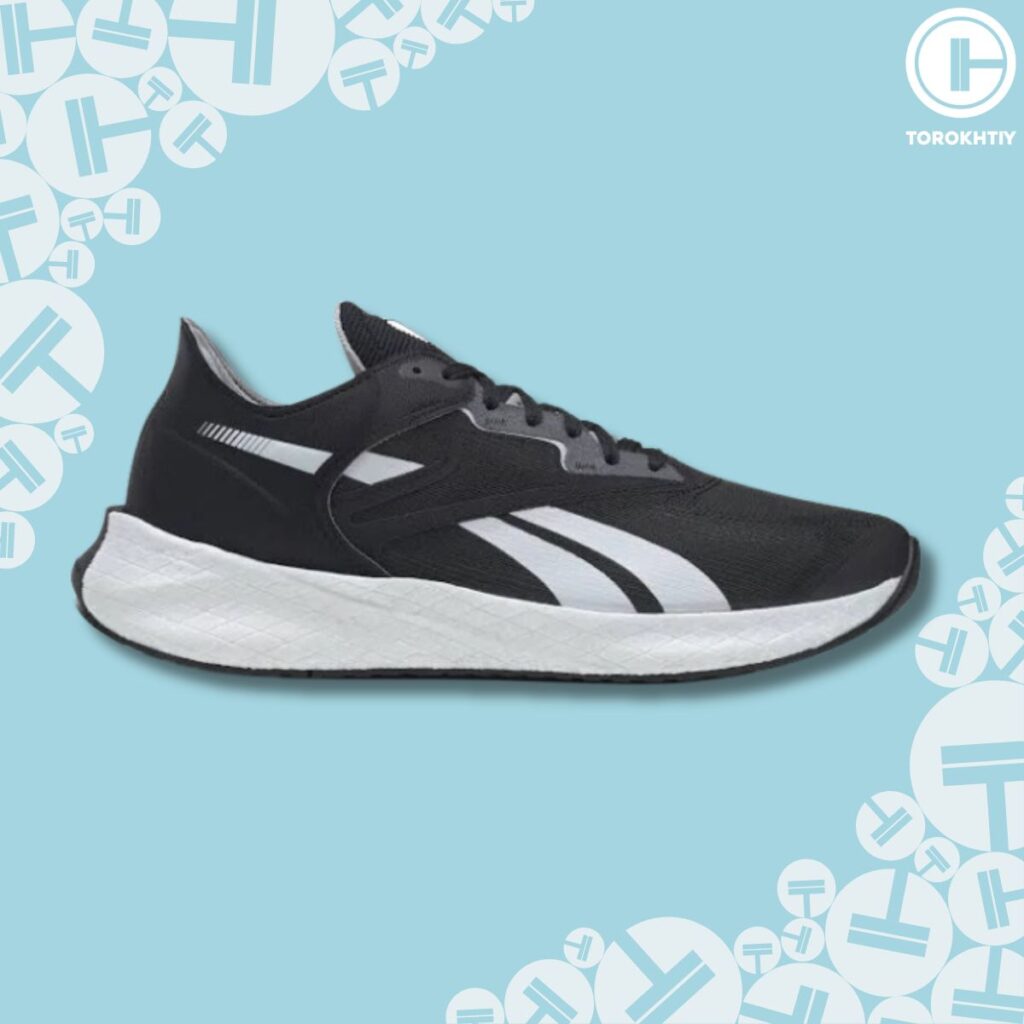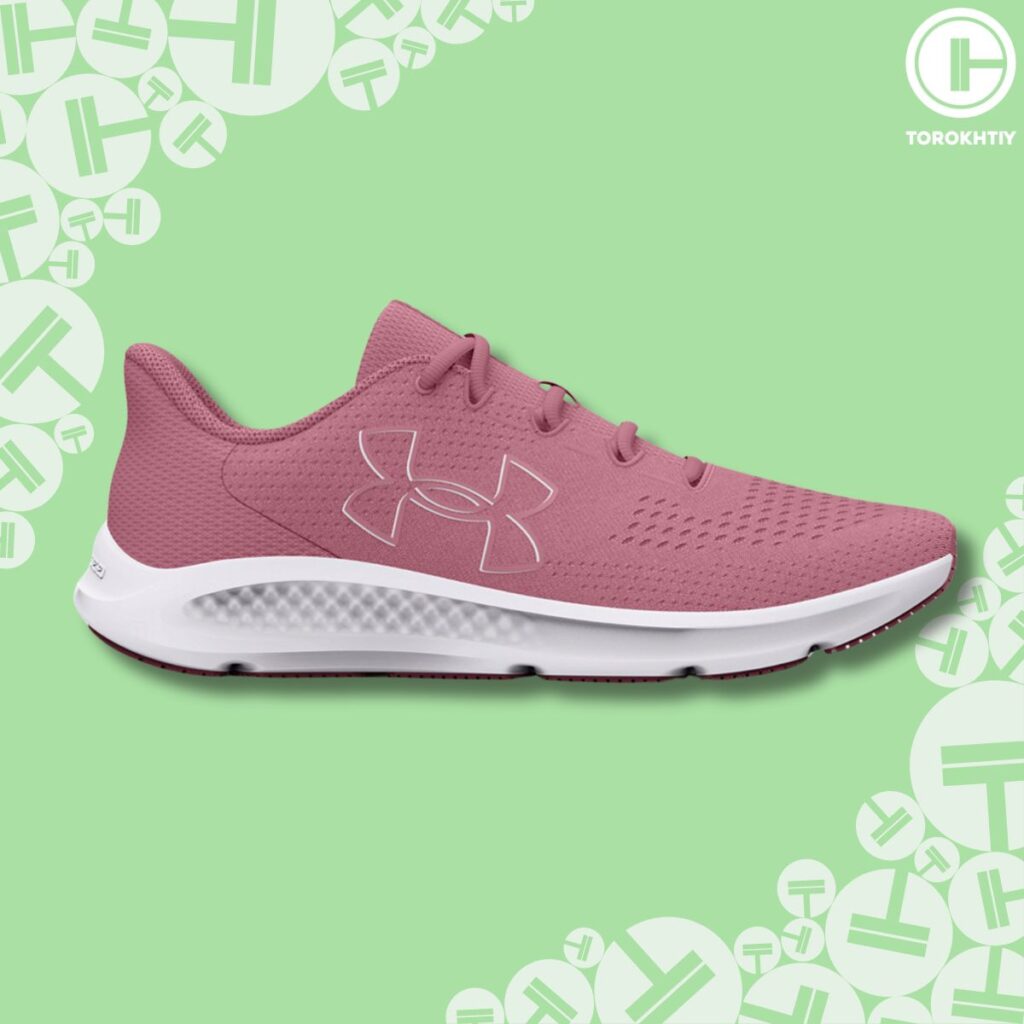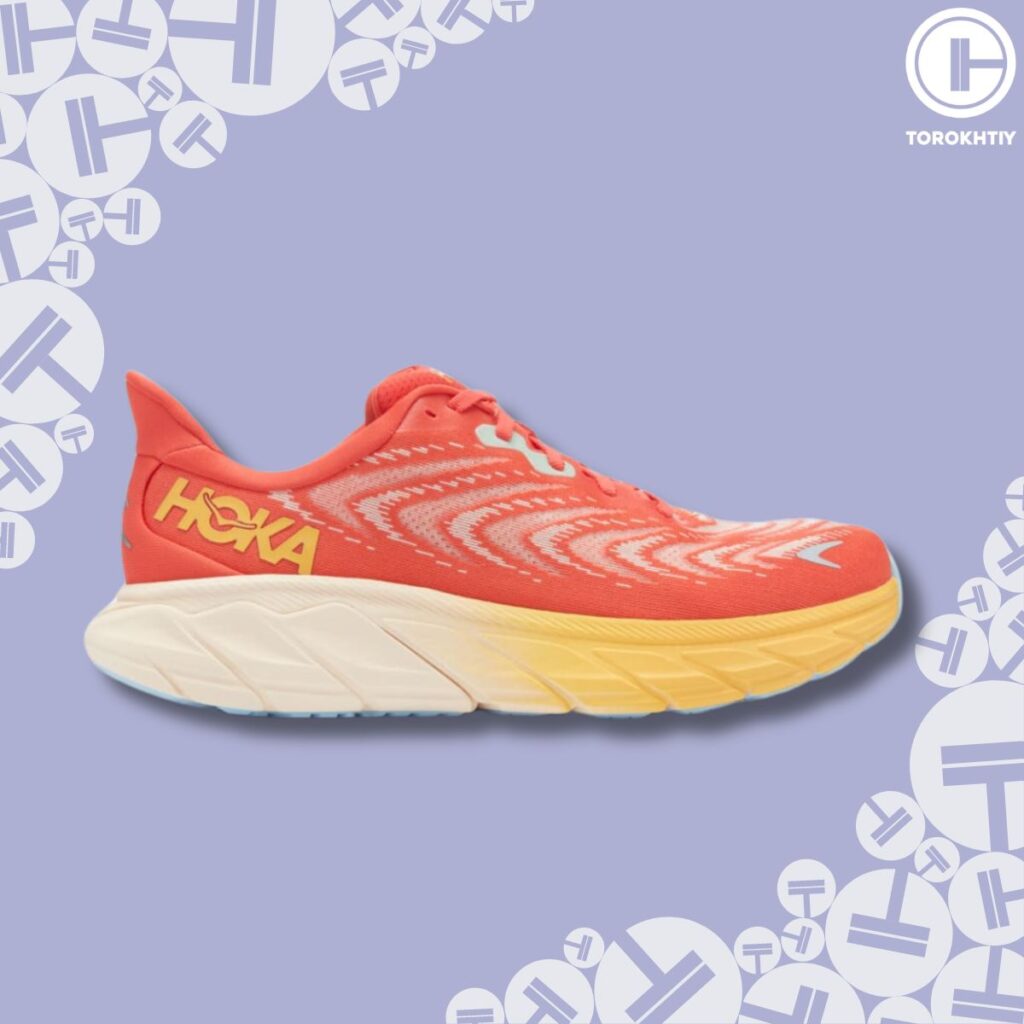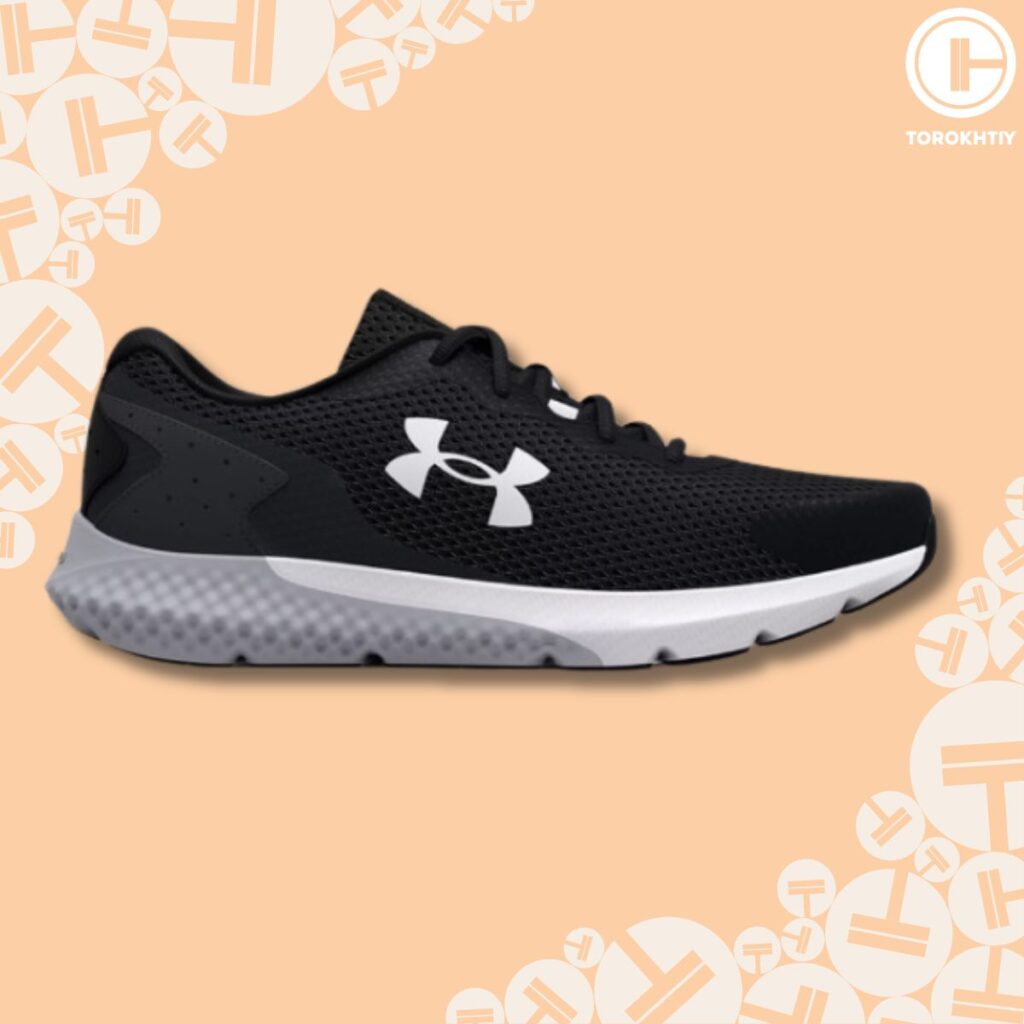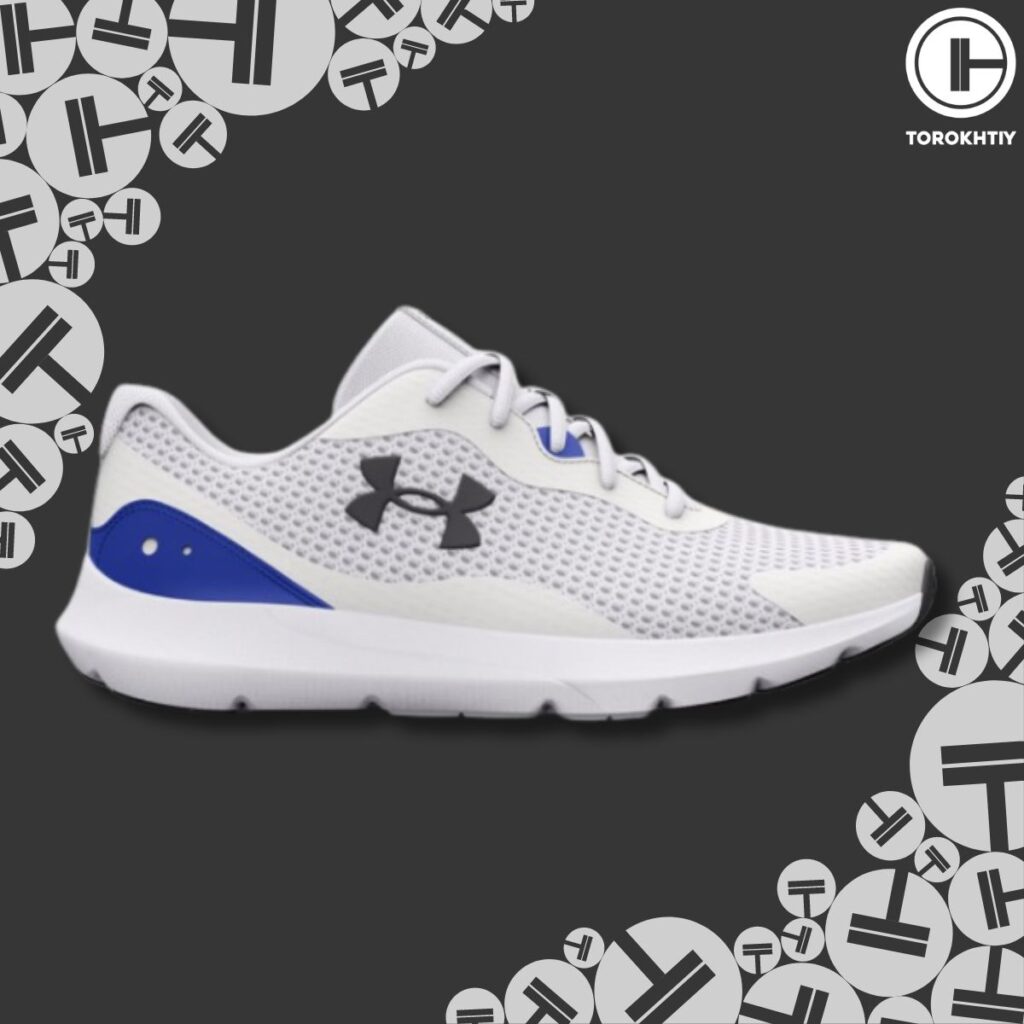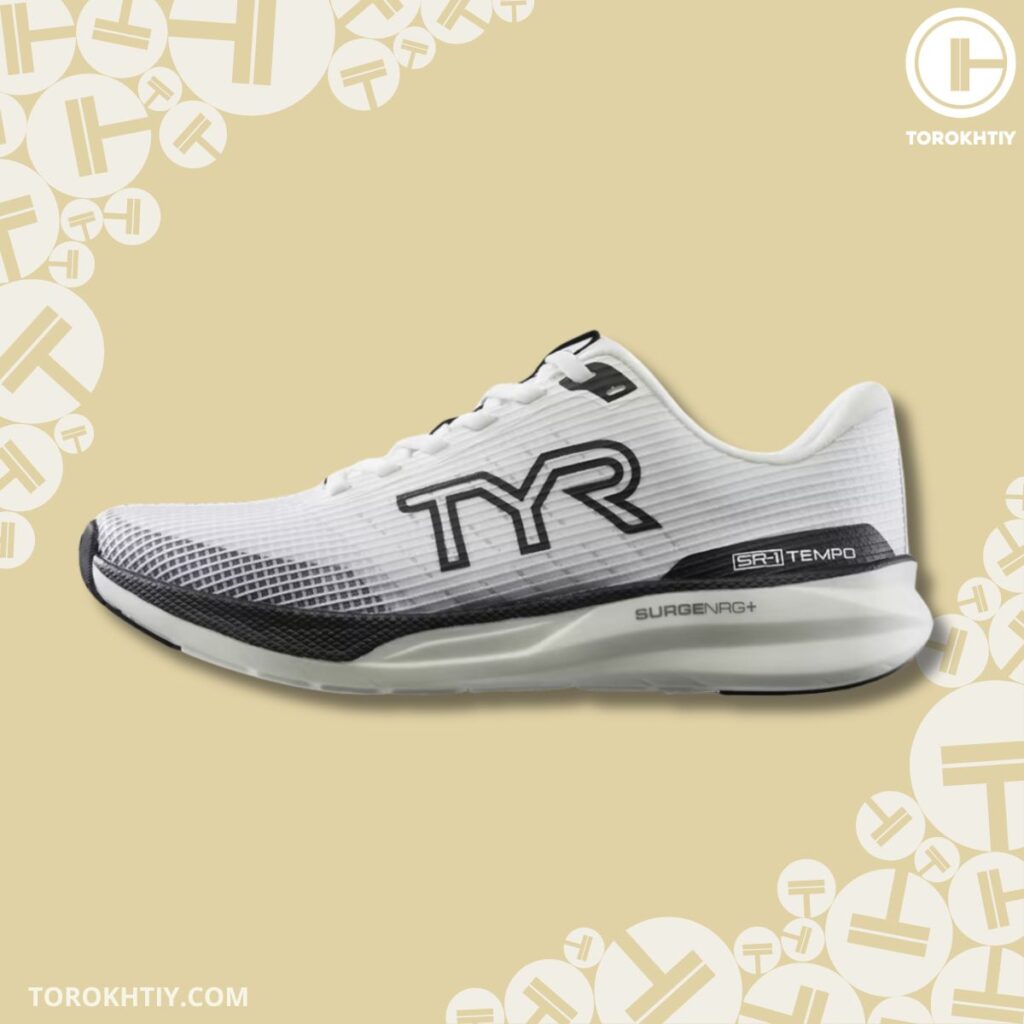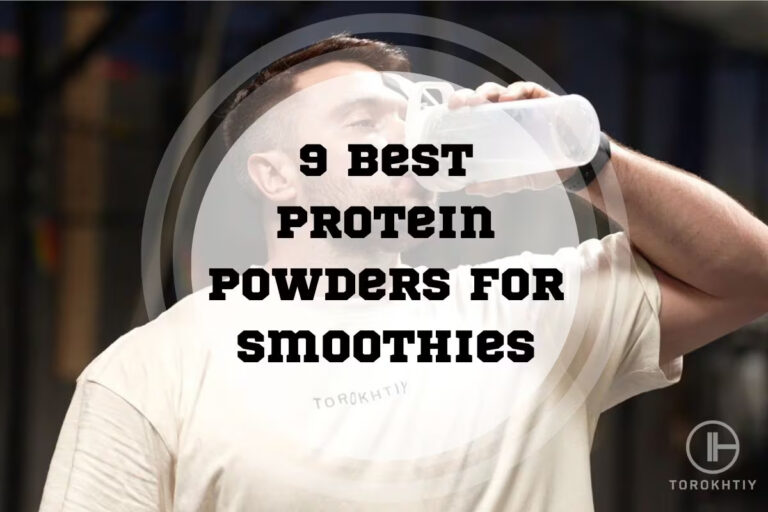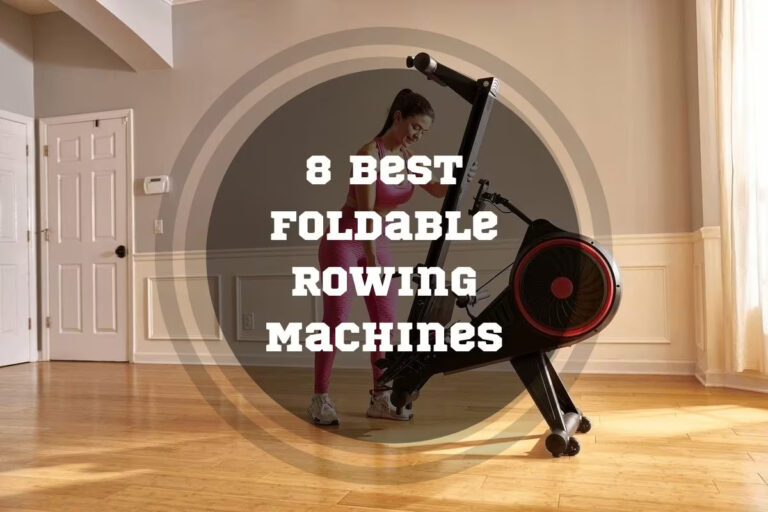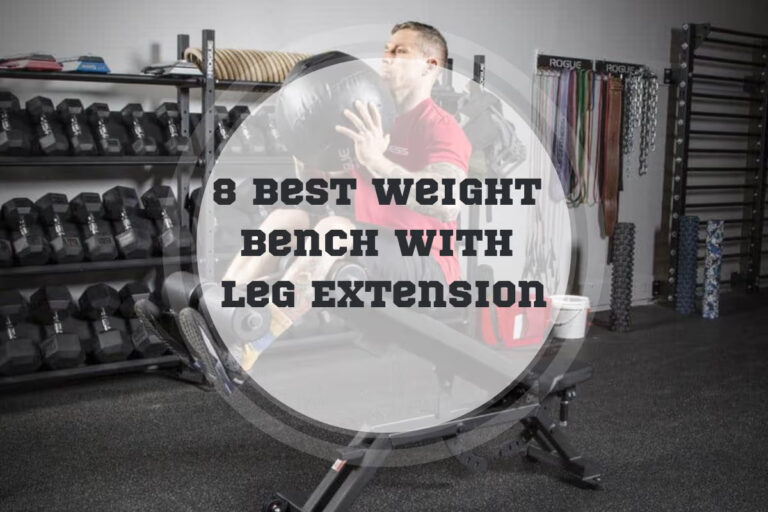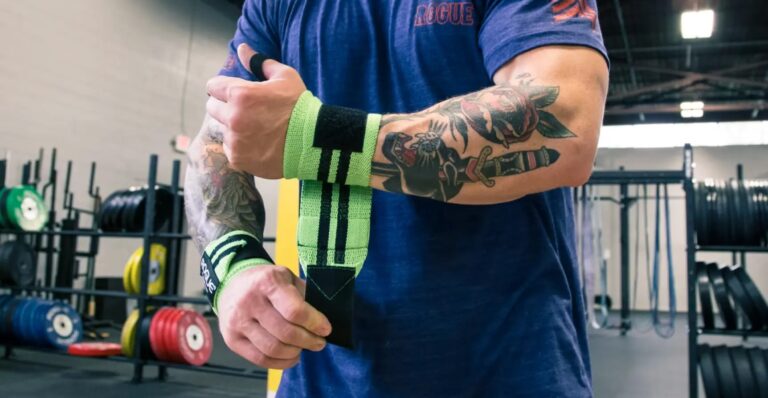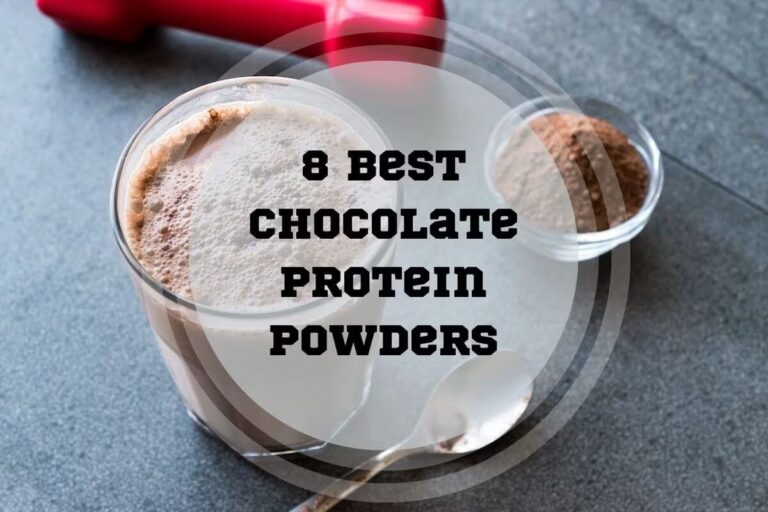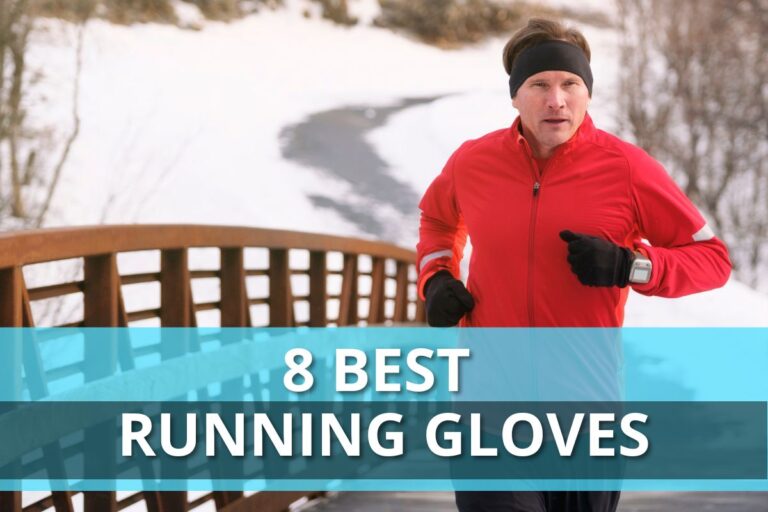7 Best Shoes for Walking on a Treadmill in 2025
Treadmill walking is a tried and tested way to stay in shape. With the rise of work-from-home jobs, more people are turning to it as a way to stay physically active. Yet, many still wear inadequate footwear.
So, what makes the best shoes for walking on treadmill machines and how are they different from regular sports shoes? This article will help you find your next pair of treadmill walking shoes based on your walking tendencies.
In a hurry?
In a hurry and can’t keep reading? How about you check out the Under Armour HOVR™ Sonic 6.
The HOVR™ series shoes are renowned in the runner’s world, but they’re also excellent sneakers for treadmill walking. Among them, the Sonic 6 is an easy recommendation to anybody, blending style, comfort, and performance while keeping a midrange price.
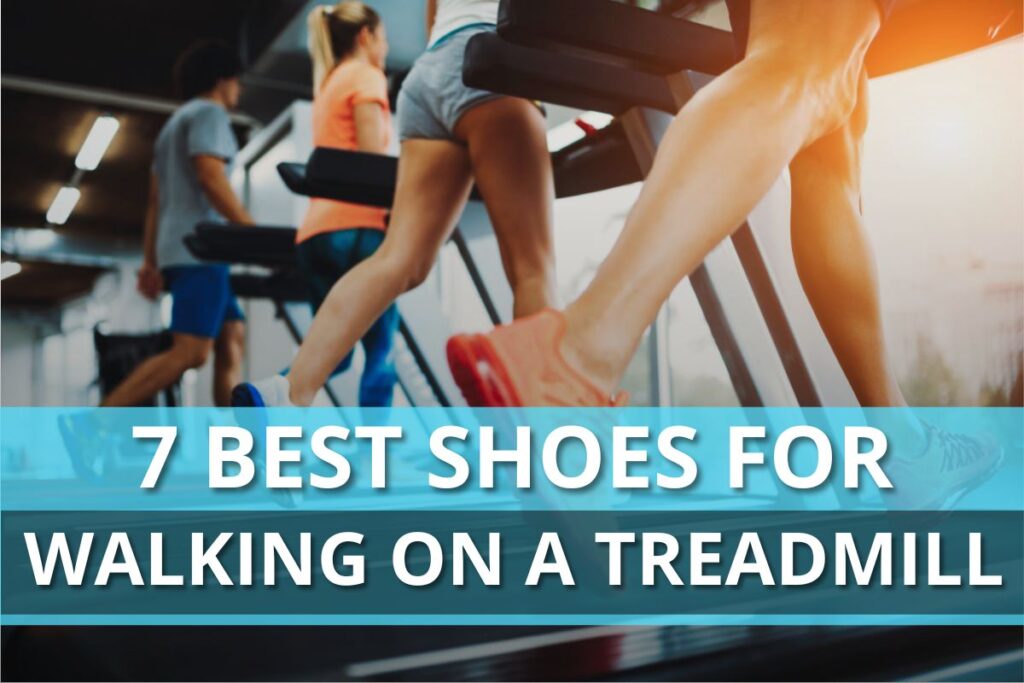
Top 7 Best Shoes for Walking on a Treadmill Reviewed
- Under Armour HOVR™ Sonic 6 – Top Pick
- Reebok Floatride Energy Symmetros 2 Shoes – Runner-Up
- Under Armour Charged Pursuit 3 Big Logo – Best For Women
- HOKA Arahi 6 – Most Cushioned Shoe
- Under Armour Charged Rogue 3 – Best Walking Shoes
- Under Armour Surge 3 – Budget Pick
- TYR SR-1 Tempo Runner
| Shoe | Total | Comfort | Cushioning | Material Quality | Arch Support | Breathability |
|---|---|---|---|---|---|---|
| UA HOVR | 49 | 10 | 10 | 9.5 | 9.5 | 10 |
| Reebok | 48.5 | 10 | 10 | 9.5 | 9.5 | 9.5 |
| UA Charged Pursuit | 48 | 10 | 10 | 9 | 9 | 10 |
| Hoka Arahi | 47.5 | 9 | 10 | 9 | 10 | 9.5 |
| UA Charged Rogue | 47 | 9.5 | 9.5 | 9.5 | 9 | 9.5 |
| UA Surge 3 | 46.5 | 9.5 | 9.5 | 8.5 | 9.5 | 9.5 |
| Tyr SR-1 | 46 | 9.5 | 9.5 | 9 | 8.5 | 9.5 |
1. Under Armour HOVR™ Sonic 6
In recent years, Under Armour has become a major player in the sports apparel industry, rivaling the likes of Nike and Adidas despite the latter two having decades more experience. Using innovative technologies and materials, they’ve managed to create some of the top athletic shoes for all kinds of sports and physical activities.
The HOVR™ series shoes are renowned in the runner’s world, but they’re also excellent sneakers for treadmill walking. Among them, the Sonic 6 is an easy recommendation to anybody, blending style, comfort, and performance while keeping a midrange price.
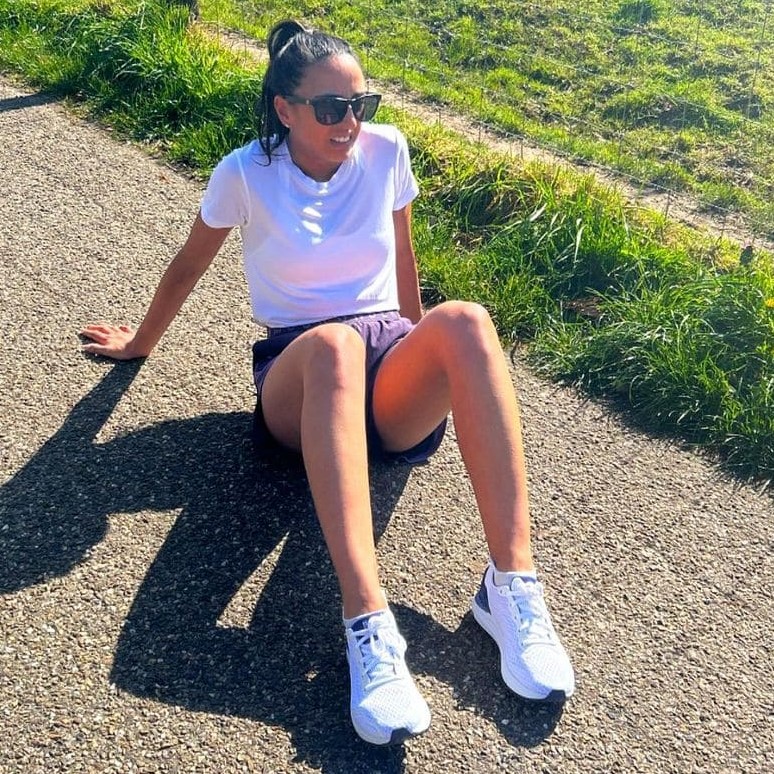
The key feature surrounding this shoe is, of course, Under Armour’s original HOVR™ technology. It provides these shoes a responsive cushioning that gives excellent return on energy and propels you forward. In addition, the outsole combination of carbon and blown rubber provides a light rebound and is strategically reinforced for durability.
The shoe features a slim enclosed design that many people find appealing, with an engineered mesh upper providing comfort and breathability. Each step you take will be comfortable thanks to the 3D-molded sockliner, though it’s important to note that it’s not removable.
The key feature surrounding this shoe is, of course, Under Armour’s original HOVR™ technology. It provides these shoes a responsive cushioning that gives excellent return on energy and propels you forward.
Positives:
Could be better:
2. Reebok Floatride Energy Symmetros 2 Shoes
Reebok makes some of the best shoes for treadmill walking. The Floatride Energy series in particular has received high praise from both recreational and professional as well as indoor and outdoor athletes.
Using Reebok’s original Floatride Energy midsole tech, the company achieves high responsiveness and bounce in this shoe. In addition, the heel is beveled and slightly extends behind the foot, making the heel-to-toe rolling process a breeze. Moreover, this shoe is quite tall. Although not specified by Reebok, the raw measurements put the heel stack height at roughly 25mm, with a 10mm heel-to-toe drop.
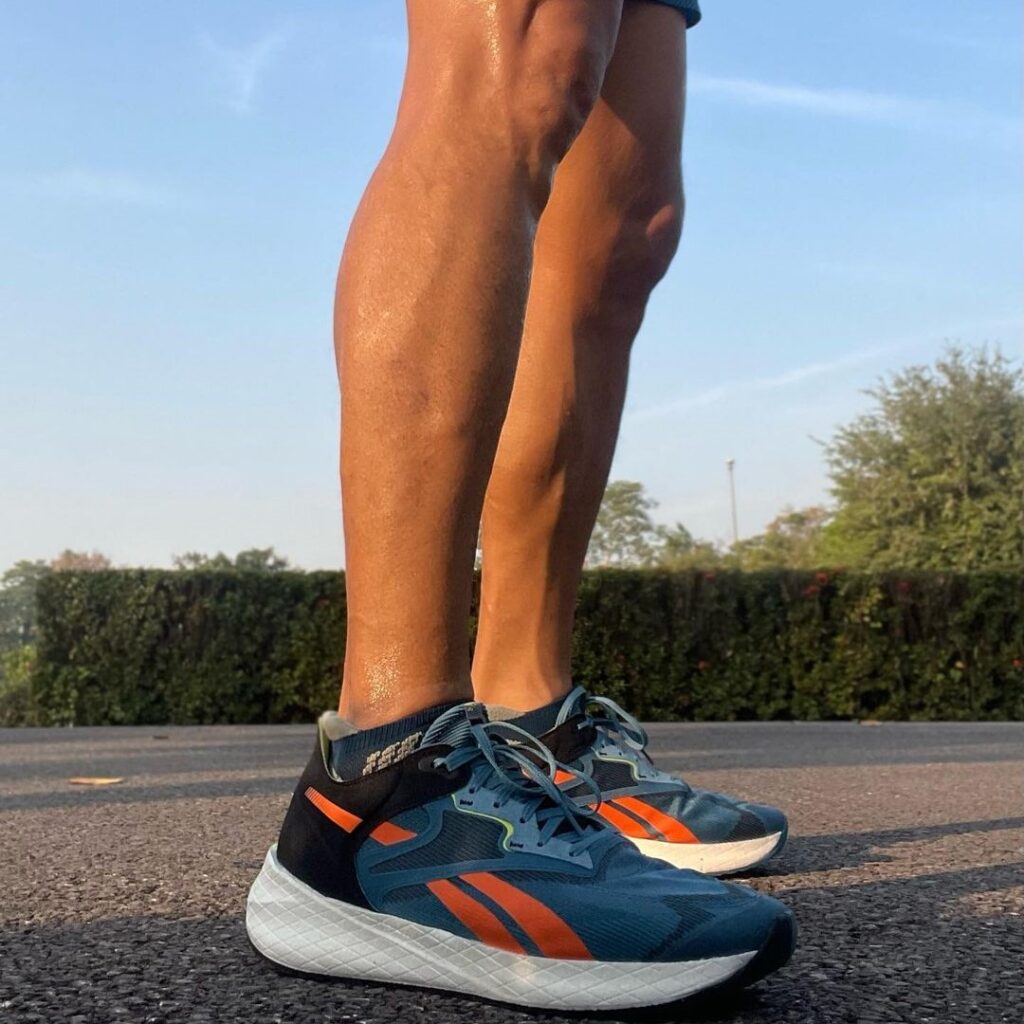
The shoe is made with at least 30% recycled and repurposed materials. The three-layer mesh upper is highly resistant to wear and tear but also less breathable than some other shoes. Thanks to the reinforced stitching around the toe box, it won’t tear as easily from hitting against the toes. The outsole is made from ace rubber, with thread patterns providing excellent traction. Lastly, it features an opening in the middle for a suction cup effect.
The shoe is made with at least 30% recycled and repurposed materials. The three-layer mesh upper is highly resistant to wear and tear but also less breathable than some other shoes.
Positives:
Could be better:
3. Under Armour Charged Pursuit 3 Big Logo
The Under Armour Charged Pursuit series is one of those no-brainer recommendations. The shoe boasts excellent quality and an attractive design. Top it off with a below-average price point even at full retail and you’ve got yourself a best-seller.
The Charged Pursuit series shoes use UA’s original Charged Cushioning® midsole. It is a bit stiffer and heavier than foam on some more expensive running shoes, but it’s also more durable. The responsiveness and energy return are there on each step. As soon as you slip them on, you’ll feel a comfortable grip on your ankle thanks to the padding surrounding the foot opening and tongue. Plus, the Deluxe sockliner is made from comfortable foam that takes on any foot shape perfectly.
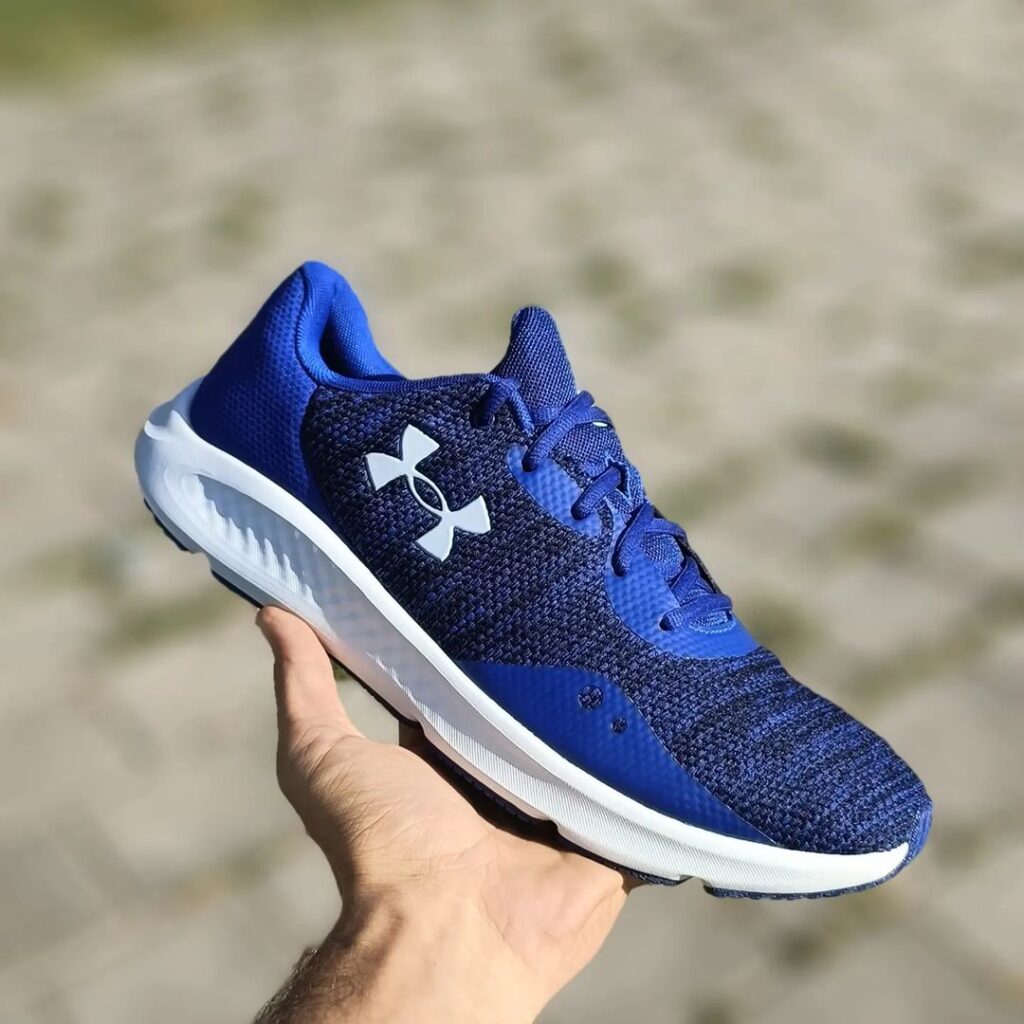
These shoes are purposely designed for women’s feet as opposed to just being men’s shoes but with smaller size. This is also reflected in the slim design and color choice. Most people are taken by surprise by how it fits and feels well right off the bat. The entire shoe is immediately comfortable without a growling break-in period for the mesh or sole.
The Under Armour Charged Pursuit series is one of those no-brainer recommendations. The shoe boasts excellent quality and an attractive design. Top it off with a below-average price point even at full retail and you’ve got yourself a best-seller.
Positives:
Could be better:
4. HOKA Arahi 6
If nothing else, HOKA shoes are well known for their comfort. The Arahi series returns with its 6th version to date, with some new and some returning features justifying its title of “most cushioned shoe”.
The HOKA Arahi 6 is a feature-packed shoe. First, there's the J-Frame™ midsole support system, added to prevent inward foot rolling and overpronation. Next, there's the early-stage MetaRocker™ design meant to smoothen the heel-to-toe transition with each step, inspired by a wheel’s continuous rolling.
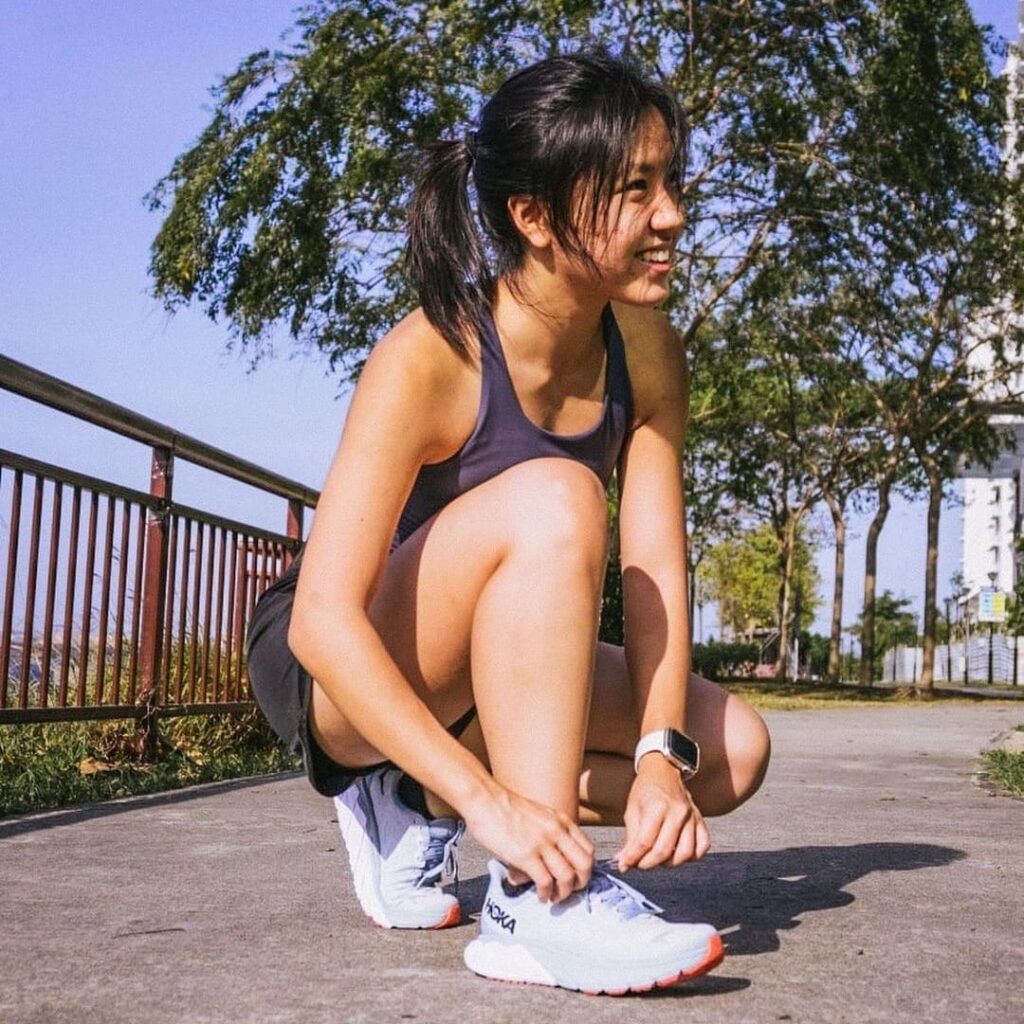
The outsole is equipped with Zonal Durabrasion, which is just HOKA’s fancy name for reinforced rubber at the toe, heel, and outer foot area. Additionally, each step you take will be comfortable thanks to the Ortholite® sockliner. The high heel counter provides comfort to your ankle and is designed to make the shoe easy to pull on, facilitating a quick and seamless fit.
Hoka offers a variety of color options for their shoes, from classic monochromatic to striking colors. Style-wise, you should be able to find your favorite pair. The shoe is available in both regular and wide options, ensuring a good fit for people with differing anatomies.
HOKA shoes are well known for their comfort. The Arahi series returns with its 6th version to date, with some new and some returning features justifying its title of “most cushioned shoe”.
Positives:
Could be better:
5. Under Armour Charged Rogue 3
The UA Charged Rogue 3 series is like an older sibling to the best-selling Charged Pursuit 3. It’s a bit taller and reinforced in some key places, with a slight price bump.
As the name suggests, the shoe incorporates UA’s original dual-density Charged Cushioning® for a comfortable and responsive midsole. The heel collar is generously padded and slim for ankle grip, while the toe box is wider, providing extra room and preventing toe restriction.
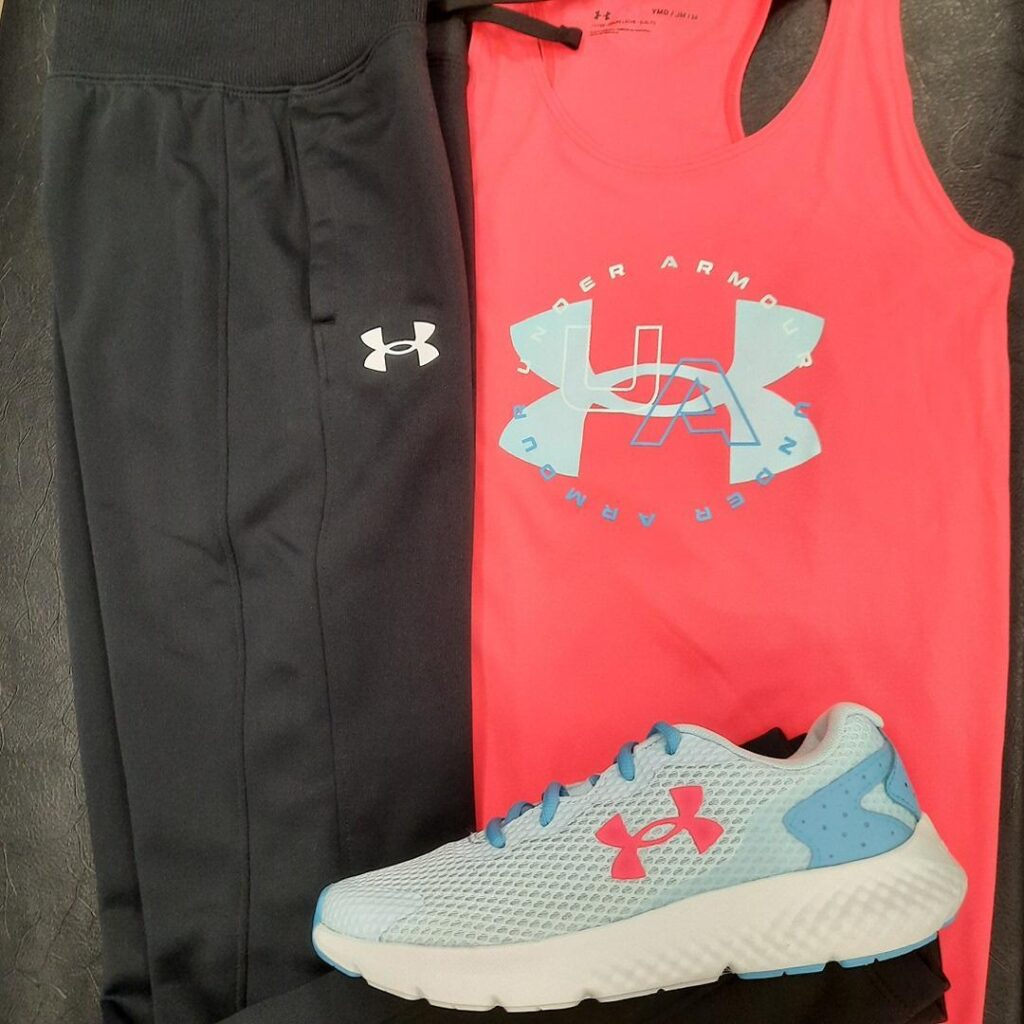
The outsole is made from solid rubber and features strategically placed pods that keep the shoe bottom light yet grippy. The reinforcement panels at the heel and toes enhance the shoe's durability, making it a suitable option for cross-training as well. Thanks to the removable Deluxe sockliner, you can even use your own orthopedic insert with this shoe.
As the name suggests, the shoe incorporates UA’s original dual-density Charged Cushioning® for a comfortable and responsive midsole. The heel collar is generously padded and slim for ankle grip, providing extra room and preventing toe restriction.
Positives:
Could be better:
6. Under Armour Surge 3
At this point, you’re probably thinking this post is sponsored by Under Armour. I promise you it’s not — UA just happens to have a good grasp on the current shoe market at both premium and affordable prices. If you’re shopping on a budget, the Surge 3 delivers an excellent walk with a well below-average price.
The Surge 3 upper is made from a highly flexible textile mesh, strategically reinforced at common points of tear for enhanced durability. The collar has thick cushioning throughout, making it quite comfortable around the ankle.
The midsole is made from EVA foam, which is nothing fancy but fairly standard. It still provides good responsiveness and energy return. The mesh upper is lightweight and breathable, as expected on an athletic shoe. That said, it’s not the most impressive-looking shoe. In real life, the plastic elements can reflect light and look a bit cheap, particularly on the light-color options.
The Surge 3 upper is made from a highly flexible textile mesh, strategically reinforced at common points of tear for enhanced durability. The collar has thick cushioning throughout, making it quite comfortable around the ankle.
Positives:
Could be better:
Last, but not least is the Tyr SR-1 Tempo Runner. So far, this is TYR’s best attempt at creating a lightweight shoe for walking and running on treadmills.
With the help of TYR’s original NRG+ foam midsole, the shoe achieves excellent response and bounceback. Furthermore, the beveled heel edges make for a smooth landing, especially on harder surfaces. That said, some may find the 4mm heel-to-toe drop a little low for their walking gait.
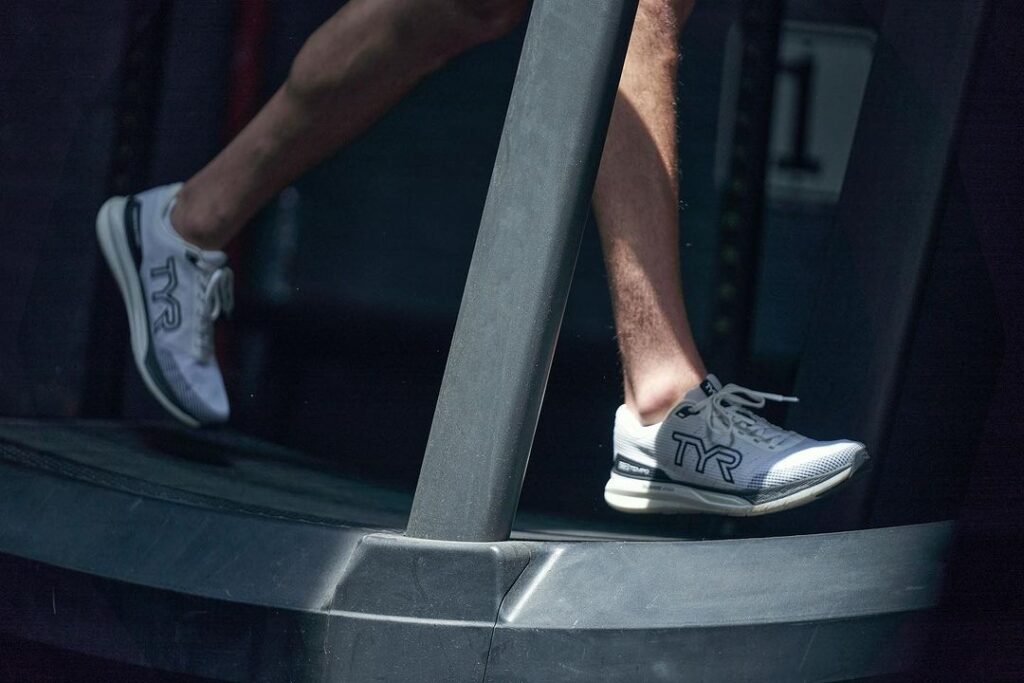
The SR-1 Tempo Runner is made from a Monomesh upper, which is highly breathable and comfortable. The entire shoe weighs just 7.6 oz, making it incredibly light. The unisex design is much appreciated and there are plenty of sizing options, though it is fair to say the color choices are somewhat limited.
With the help of TYR’s original NRG+ foam midsole, the shoe achieves excellent response and bounceback. Furthermore, the beveled heel edges make for a smooth landing, especially on harder surfaces.
Positives:
Could be better:
Why Is It Important to Choose Proper Shoes for Walking on a Treadmill?
Whether you have a treadmill at home or use one at the gym, having a designated pair of workout shoes is important. Many people opt for using an old pair of everyday shoes, but the wear-and-tear they’ve undergone can be detrimental to your foot health. Here are some benefits of using a proper pair of sneakers for treadmill walking:
✅ Reduced Impact
Arguably the most important feature of walking shoes is their ability to reduce impact on our body. Cushioning plays a crucial role here, particularly in the midsole. Leading sports shoe manufacturers strive to develop the most comfortable and responsive midsole that doesn’t compromise energy input (thin UA HOVR™ or Reebok Floatride Energy).
A comprehensive study examining the impact of cushioning on walking showed that shoes with effective cushioning significantly decrease the force and stress transmitted through the lower limbs. In particular, shoes with softer midsoles demonstrate a considerable reduction in shock transmitted to the lower extremities compared to harder midsole shoes.
✅ Arch Support
Sports shoe brands specifically design walking shoe soles with extra cushioning to fill in the touchdown surface between your foot and the ground. It results in greater ground contact, which in turn creates a more stable base underfoot, distributes exercise forces more evenly, and makes each strike less stressful on the joints.
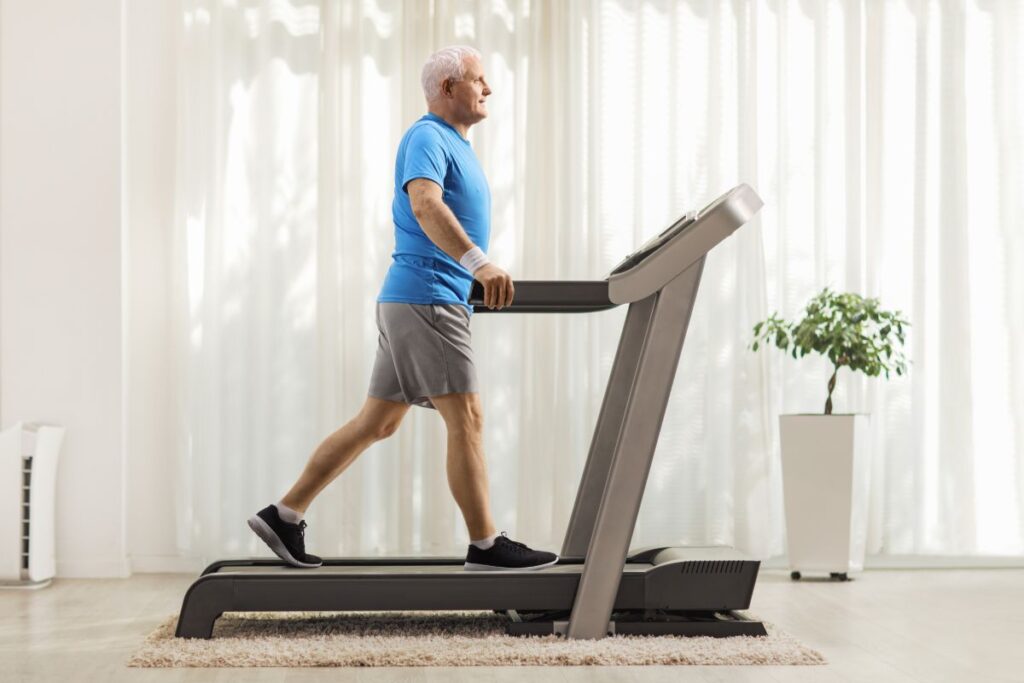
This effect is crucial for providing arch support, especially for individuals with high-arch feet who feel instability in their step. Research into the effects of cushioned shoes shows that they increased ground contact by up to 28% for low-arch and 68% for high-arch people, in addition to a decrease in foot pressure by as much as 30%.
✅ Natural Gait Reinforcement
The natural foot gait in humans starts with touching down with your heel, rolling onto your midfoot, and the balls of your feet and toes for lift-off. Evolutionary, this has proven to be the most economically efficient way to walk.
The shape of walking shoe soles is purposely built to take advantage of this and support our natural gait. The elevated heel cushions the initial heel touchdown and initiates the midfoot roll sooner, while the heel-to-toe drop smooths out the transition onto our toes and provides a more solid base to step off of. The result is a more energy-efficient walk.
How to Choose Shoes for Walking on a Treadmill?
Now you know the effects a good shoe can have on your walk. The next step (no pun intended) is knowing how to choose the right pair. Here are the factors to consider when looking for the best shoes for treadmill walking:
1. Fit
The importance of shoe fit cannot be overstated, as ill-fitting shoes are a leading cause of foot issues globally. Research has shown that as many as 72% of people wear incorrectly fitted shoes.
Shoe fit is especially crucial if you frequently walk or run for exercise, as you accumulate a higher step count. If the shoe is too tight, it can compress your foot and restrict blood flow, posing discomfort and several health risks.
It also hinders natural supination and pronation during a gait cycle. Conversely, shoes that are too big may fail to secure the foot, causing it to slide around with each step. Throughout a long walk, this increases the chance of blisters and corns.
Tight shoes limit blood flow and hinder natural foot movement, potentially causing issues in the foot, ankle, knees, and hips. Conversely, oversized shoes can lead to friction, causing painful problems like blisters during extended walks. Both scenarios can be very uncomfortable.
2. Cushioning
Cushioning is a trait highly favored among avid walkers and runners, but over prioritizing it is a common beginner trap. For instance, shoes with too much cushioning tend to be too soft on the landing, dispersing energy and creating a bouncing effect that, although feels comfortable, lowers exercise exertion. A more important comfort aspect to prioritize is adequate fit, a smooth hell-to-toe drop, and a responsive midsole.
Tips From the Champ
Too much cushioning lowers exercise impact on your body. While it may sound favorable, remember that it also means you’ll have to work out more for the same results vs. walking in moderately cushioned shoes.
Olympic Weightlifting Champion
3. Heel-to-Toe drop
The heel-to-toe drop, sometimes called the offset, is the difference in height between the heel and toes of the shoe. Sneakers for treadmill walking have a positive heel height, meaning the heel is higher-positioned than the toes when the foot is fully planted on the ground. Most brands label their offset in millimeters.
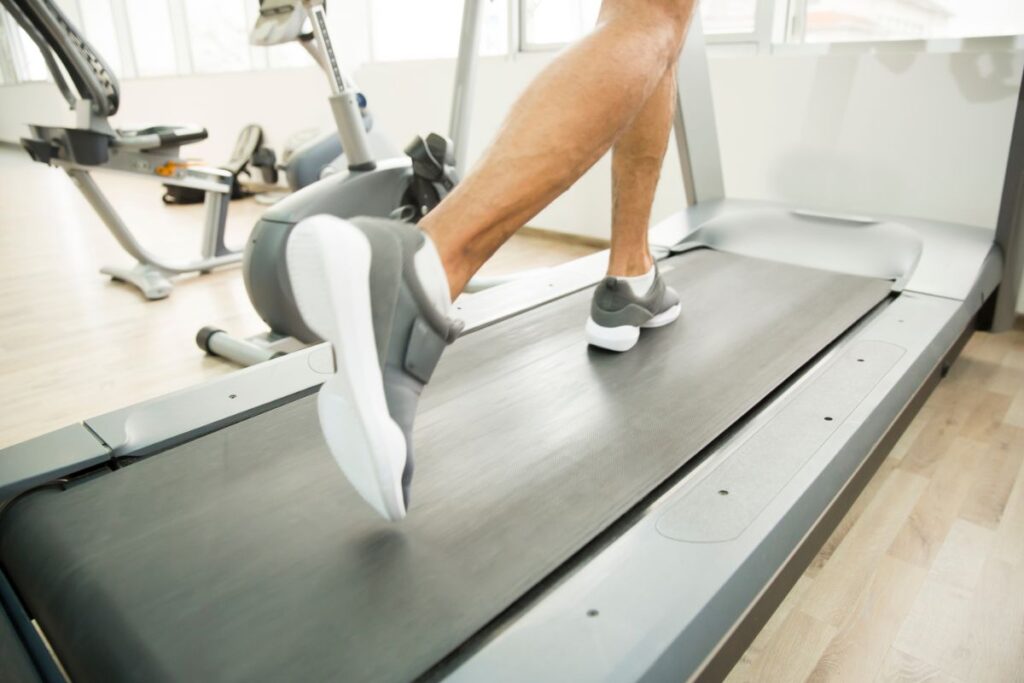
The purpose of the heel-to-toe drop is to smooth the transition between your heel striking the ground to your foot rolling towards your toes and eventual liftoff. A higher landing on the heel offers a cushioning effect, while a lower toe position when the foot is grounded contributes to higher force generation for liftoff.
Most people will prefer a regular heel-to-toe drop (usually 8-10mm) because of this effect, but those who prefer a more natural feeling will like a lower heel-to-toe drop better (5mm or less).
4. Responsiveness
Walking shoes are designed to give a maximal return on energy output. This is most often done through the use of advanced midsole materials such as foams and gels. These materials are highly elastic — as you step down, they gradually compress to ease in each step, in addition to storing energy. As you step up, the materials quickly rebound to their original shape, releasing the stored energy and providing a spring-like effect.
5. Grip
You can easily tell a pair of good and bad walking shoes by how they grip. Shoes made from walking have outsoles made with materials and patterns that minimize traction. This stops your foot from slipping and sliding, giving you confidence in each step.
Luckily, sneakers for walking on treadmill machines have outsoles designed specifically for gripping onto the (typically) PVC belt surface.
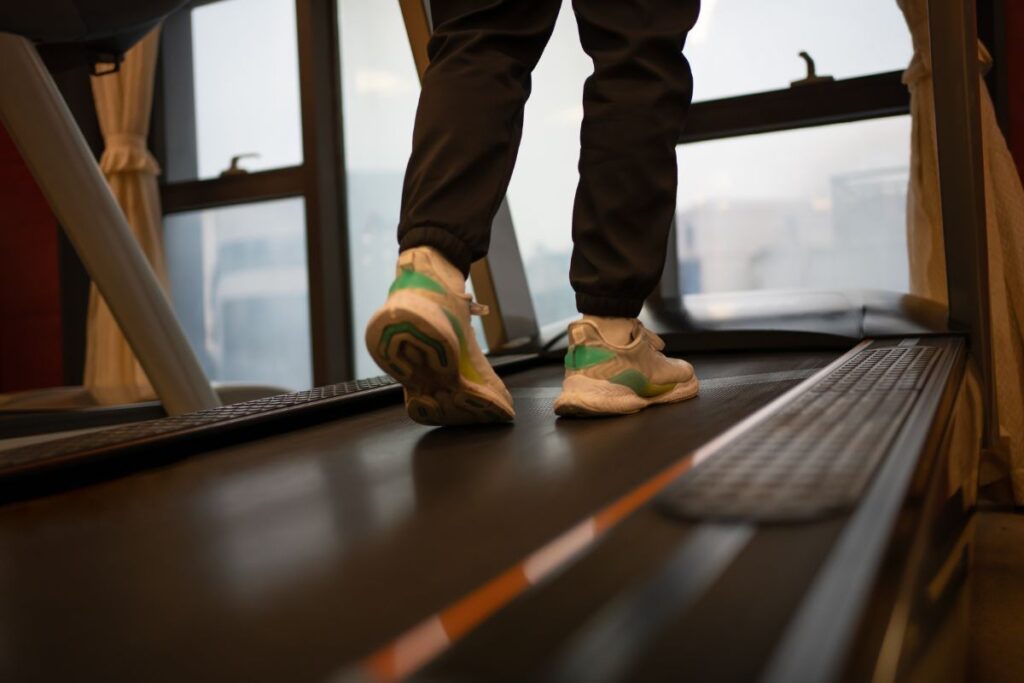
6. Support
The shoe footbed is orthopedically designed to counteract foot pronation or supination, thus keeping the weight centered on your foot. Tight lacing secures the midfoot section and prevents the foot from moving inside the shoe. The contoured heel collar and counter provide a snug fit and keep the foot from falling out. These are just some of the support features that lifestyle shoes do not have.
7. Material Quality
Shoe brands want to have a good reputation, ensuring customers feel their purchase is worthwhile. The listed shoes undergo quality testing, so the materials should hold up under normal use.
Repeated walking compresses the shoe material, particularly the foam, causing it to lose shape over time. Higher-quality shoes will be able to withstand more use before they start deforming.
However, it's expected that more expensive shoes will be made from higher-quality materials. Material quality is closely tied to durability, affecting how often you need to replace them. While cheaper shoes cost less upfront, they can add up over time with frequent replacements due to lesser quality.
Tips From the Champ
Athletic shoe brands recommend changing treadmill walking shoes every 300-600 miles. Assuming an average walking pace of 3-4 mph and roughly 10-15 miles covered per week, that would equate to about 6-12 months.
Olympic Weightlifting Champion
Walking vs. Running Shoes
The majority of commercial walking and running shoes can be used interchangeably, i.e. they can be used for both activities to great effect. However, there are some important differences between your typical walking shoes for treadmill workouts and professional running shoes.
While it may seem logical to get the best, most expensive pair of professional shoes, you can end up wasting your money on properties and specs you’ll never actually utilize the same as a runner would. Here’s a table comparison to better explain some key differences:
| Category | Commercial-Grade Treadmill Sneaker | Professional Running Shoe |
|---|---|---|
| Versatility | Good for a range of light fitness activities | Exclusively for running, will fail under different use |
| Cushioning | Higher, focused on comfort | Lower, balanced around maximal energy return |
| Heel Stack | Higher, easier heel-to-toe transition | Lower, more grounded feel for midfoot/forefoot strikes |
| Weight | Regular, more stable | Ultra lightweight |
| Life Cycle | 300-600 miles | 200-400 miles |
| Aesthetics | Designed for visual appeal | Minimalist design prioritizing performance over looks |
| Price | More affordable, geared for a wider market | Higher-priced, often by as much as two to three times |
Minimalist Shoes as an Alternative for Walking on a Treadmill
Some people turn to minimalist shoes as opposed to commercial treadmill walking shoes. These shoes provide a more grounded feel, while still offering essential outer foot support and protection. However, research comparing minimalist shoes to commercial athletic footwear showed mixed results, with the best takeaway in favor of minimalist shoes being the potential for muscle development.
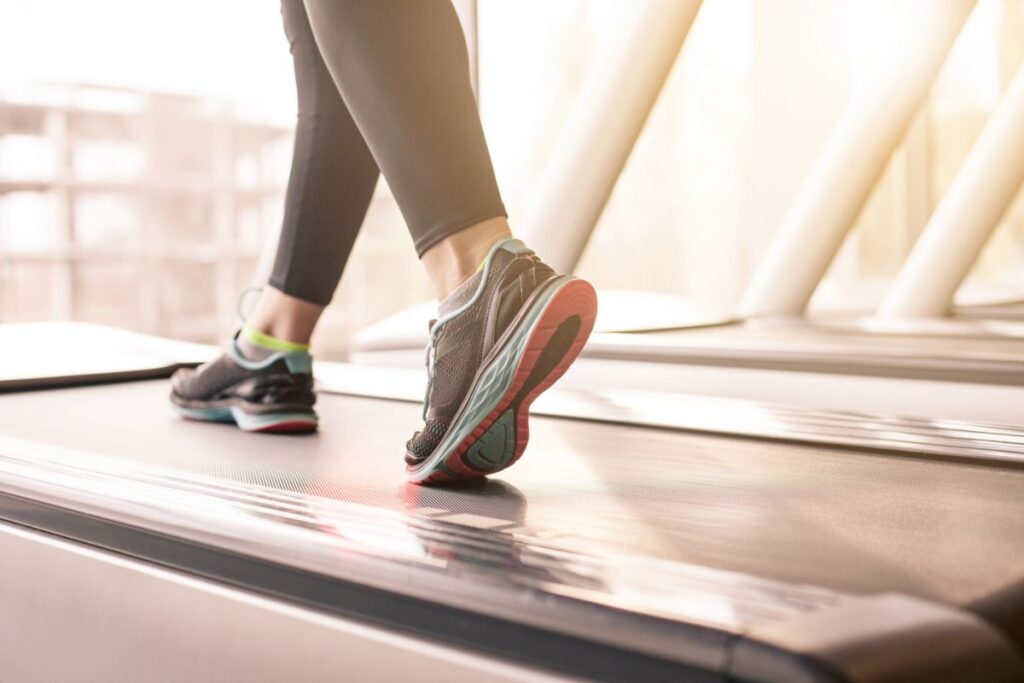
Minimalist Shoes vs. Barefoot Walking
Barefoot walking is arguably the best and most natural way of strengthening the foot. However, it also exposes the foot to potential hazards, which is why many people turn to minimalist shoes as the next best thing. Comparatively, wearing minimalist shoes improves stability, reduces gait variability, and increases stride length while still offering a grounded feel.
How Shoes Affect Gait and Walking Mechanics?
Footwear significantly influences gait and walking mechanics. To summarize: purpose-built sneakers for treadmill walking offer substantial foot health and comfort benefits. An essential factor is the effective midsole cushioning, markedly reducing force and stress on lower limbs, especially with softer midsoles that enhance shock absorption.
Dedicated walking shoes provide essential arch support, establishing a stable base and promoting even force distribution, particularly advantageous for individuals with high-arch feet.
Crucially, these shoes are crafted to reinforce the natural gait pattern, supporting the heel-to-toe motion and ensuring a smoother, energy-efficient walk. Furthermore, the footbed shape and tight lacing prevent excessive foot rolling, addressing concerns of overpronation or supination.
The inclusion of a wider toe box accommodates natural foot splay during movement. With all this in mind, you’ll be more confident in each step you take, promoting higher workout satisfaction.
FAQ
Are Walking Shoes Good for the Treadmill?
Yes, walking shoes provide the perfect blend of comfort and performance for use on a treadmill.
What Do You Wear When Walking on a Treadmill?
Most people prefer walking shoes for treadmill workouts. Match it with a pair of sports socks and apparel to minimize sweating and you’re good to go.
Conclusion
Now you know how to choose the best shoes for walking on treadmill machines. Remember, the choice between a pair of good vs. bad treadmill walking shoes will make all the difference in your performance and health. Proper walking shoes feature necessary cushioning and contouring that assist your natural walking gait.
Our expert team highly recommends the Under Armour HOVR™ Sonic 6 for its balance between price and quality, competing with the best walking shoes without too much of a price ask.
Now we’d like to hear from you! Do you have a favorite brand or pair of sneakers for treadmill walking? Do you use a home treadmill or one at the gym? Leave a comment letting us know and remember to follow us on social media for more valuable fitness content.
Also read:
- How to Adjust Treadmill Belt
- How to Fix a Slipping Treadmill Belt
- Treadmill vs Incline Trainer
- Treadmill Maintenance
- Best Under Desk Treadmill
- Best Treadmill Running Shoes
- Best Treadmill With TV Monitor
References
- Andrew K. Buldt, Hylton B. Menz, “Incorrectly Fitted Footwear, Foot Pain and Foot Disorders: A Systematic Search and Narrative Review of the Literature,” Journal of Foot and Ankle Research 11, no. 43 (2018), https://doi.org/10.1186/s13047-018-0284-z.
- Evi Petersen, Astrid Zech, Daniel Hamacher, “Walking Barefoot vs. with Minimalist Footwear – Influence on Gait in Younger and Older Adults,” BMC Geriatrics 20, no. 88 (2020), https://doi.org/10.1186/s12877-020-1486-3.
- Joe P. Warne, Allison H. Gruber, “Transitioning to Minimal Footwear: A Systematic Review of Methods and Future Clinical Recommendations,” Sports Medicine - Open 3, no. 33 (2017). Doi: 10.1186/s40798-017-0096-x.
- Joseph M. Molloy, Douglas S. Christie, Deydre S. Teyhen, Nancy S. Yeykal, Bradley S. Tragord, Matthew S. Neal, Eric S. Nelson, Thomas McPoil, “Effect of Running Shoe Type on the Distribution and Magnitude of Plantar Pressures in Individuals with Low- or High-Arched Feet,” Journal of the American Podiatric Medical Association 99, no. 4 (2009): 330-338, doi: 10.7547/0980330.
- M. A. Lafortune, E. M. Hennig, “Cushioning Properties of Footwear during Walking: Accelerometer and Force Platform Measurements,” Clinical Biomechanics 7, no. 3 (1992): 181-184, https://doi.org/10.1016/0268-0033(92)90034-2.
- “Tight Shoes and Foot Problems,” OrthoInfo, www.orthoinfo.aaos.org/en/diseases--conditions/tight-shoes-and-foot-problems/ (accessed November 22, 2023).
- University of Utah, “Human Gait Adapted for Efficient Walking at the Cost of Efficient Running,” ScienceDaily, www.sciencedaily.com/releases/2010/02/100212092304.htm (accessed November 22, 2023).
Why Trust Us?
With over 20 years in Olympic Weightlifting, our team does its best to provide the audience with ultimate support and meet the needs and requirements of advanced athletes and professional lifters, as well as people who strive to open new opportunities and develop their physical capabilities with us.
All products we select are primarily approved and tested by the Olympic Weightlifting Champion Oleksii Torokhtiy. Under his guidance, we provide honest and reasonable assessments of the products we review by checking their characteristics, packaging, design, comfort and durability features, and general product rating. We select products from only high-quality and trusted sports brands, thus vouching for their quality.
The product testing process is described in more detail here
Author: Jason Li
Personal Coach, Functional Range Conditioning Mobility Specialist
Jason is an NYC personal training expert and National level Olympic Weightlifting Coach with over 10 years of experience training everyday clients to high levels of performance. He has trained everyone from youth (13 years old and under) to masters (60+ years old) to regional and national rankings for powerlifting, Olympic Weightlifting, Short distance (up to 200m) sprinting, discus & hammer throwing.
If you have any questions/suggestions/any other inquiries considering product reviews, you can reach out to us via email – [email protected]

